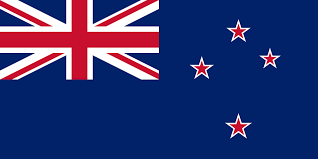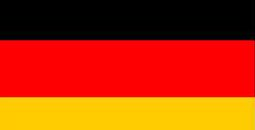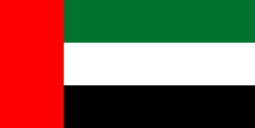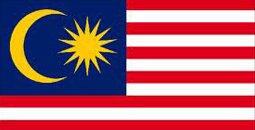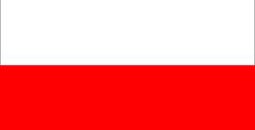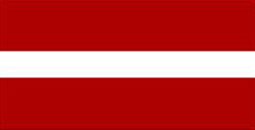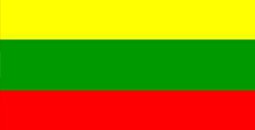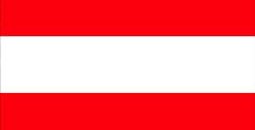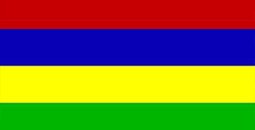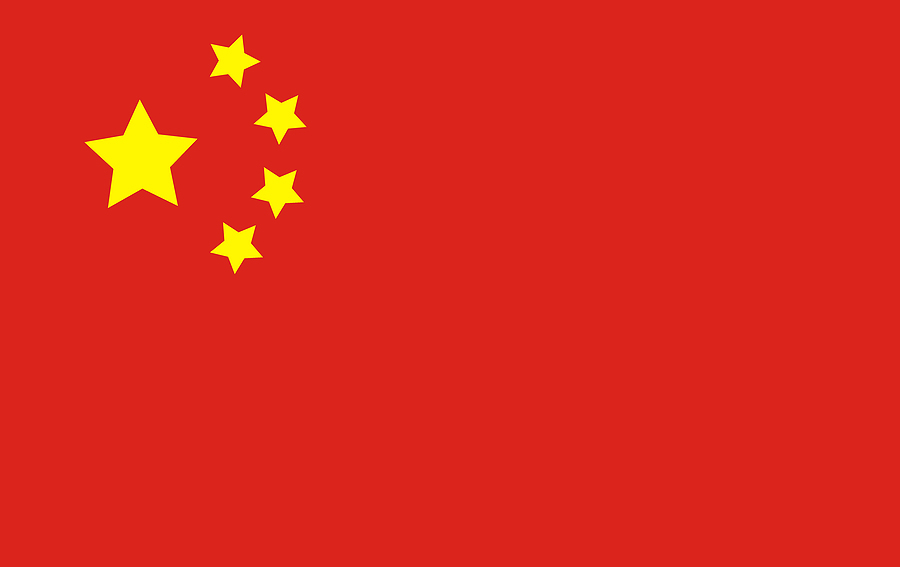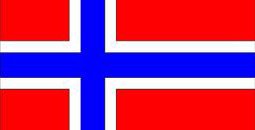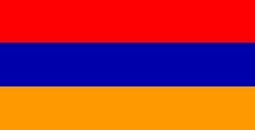Why study in Finland
What makes International Education work in Finland?
Finland is a country of nearly 5.4 million people located in the North of Europe with Sweden, Norway and Russia as its neighbours. Since 1995, Finland has been a member of the European Union. Education has always been a high priority for Finland. At the moment, Finland has 16 university-level institutions and 25 polytechnics. International students (including both degree and exchange students) constitute about five per cent of the total student enrolment at the above institutions.
Citizens of a relatively small country like Finland understand that contacts with other countries are a key to survival and success to today’s global competition. Finns have always been eager to study abroad and to bring new skills back home from foreign countries. For professionals of international education in Finland, the problem is not how to persuade Finnish students to depart on an exchange in other countries. The key issue for us has always been how to attract international students to Finland and to achieve reciprocity in student exchanges with foreign universities.
During the 1990s, student mobility flows to and from Finland have increased dramatically. However, until recently, students studying abroad clearly outnumbered the international exchange students coming to study in Finland. For this reason, it was quite surprising for us to learn that, according to statistics published by the European Commission in Spring 2000, Finland (considering its size) seemed to have become the most popular destination for European ERASMUS exchange students planning to study in another European country during the academic year 2000-2001. Not only have the numbers of ERASMUS students been growing. A similar development has also been visible in the flows of students coming to Finland through other international exchange programs and bilateral exchange programs of Finnish universities and polytechnics. (For further information, please see the Statistical Overview of the Development of internationalisation in the Nordic countries distributed to the participants of this session).
Why Finland?
Why have the numbers of international exchange students increased so much during the last years of the 1990s? Why do more and more international exchange students today choose Finland as their destination? In the following, I will briefly try to describe some of the reasons for this development. My conclusions are based both 1) on my own observations during the last eleven years and 2) on a study entitled “Why Finland?” carried out by the Finnish Centre for International Mobility, CIMO, and in the fall of the year 2000. To find out what makes international students come and study in Finland, a questionnaire was sent to about 1,000 newly arrived international exchange students, of whom 561 students of 52 different nationalities answered the survey.
1- A national policy for internationalisation
Since the late 1980s and especially during the 1990s, internationalisation of higher education has been one of the key development areas in Finnish education policy. The objective defined by the Ministry of Education of Finland at the beginning of the last decade was to send 5,000 university students to study abroad annually. Since 1999, the official target figure has been 6,000. To be able to send students abroad on an exchange, it has been necessary for Finnish institutions of higher education to intensify their efforts to recruit a corresponding number of international exchange students to study in Finland.
2- The genesis of international exchange programmes launched in the late 1980s and 1990s
The many international exchange programmes launched in the late 1980s and during the 1990s have provided a convenient channel for an increasing number of international students to come and study in Finland. The ERASMUS program of the European Program, for example, opened student flows between Finland and the other European countries, and student exchanges between the Nordic countries have been made possible by the NORDPLUS program sponsored by the Nordic Ministerial Council. Exchanges between the United States and Finland, which had been started in the 1950s in the framework of the Fulbright program, were considerably increased in the 1980s and 1990s when 12out of Finlands 20 universities joined the International Student Program, ISEP. Not only American students from more than 100 U.S. Universities but even non-U.S. Students from Canada, Mexico, Australia, the Republic of Korea and Japan have found their way to Finland through the multilateral exchange program of ISEP launched in the late 1990s.
3- Creation of international study programs taught in English
The study entitled “Why Finland?” published by CIMO in March 2001, showed that one of the main reasons why a growing number of international students today come to study in Finland is the availability of a great variety of international study programs taught in English at Finnish universities and polytechnics. The establishment of such programs in the early 1990s was necessary, since the Finnish and Swedish languages, which are the main languages of teaching at Finnish universities and polytechnics, are not known to many people outside of Finland and Sweden. The study programs taught in English at Finnish universities and polytechnics, which are intended for both international and Finnish students, cover a great variety of fields. These include, for example, fields known as Finlands special areas of strength, such as Architecture, Art and Design, Russian and Baltic Area Studies, Information Technology and Engineering, and Environmental Science and Forestry.
4- Nationally coordinated marketing of study programs abroad
International marketing of study programs is necessary to guarantee reciprocity in student exchanges with foreign universities. To inform international students about study opportunities in Finland, Finnish universities and polytechnics cooperate closely with the Finnish Centre for International Mobility, CIMO. The booklet “Study in Finland” published annually by CIMO includes information on more than 300 international study programs taught in English at Finnish Institutions of Higher Education. The same information, as well as information on scholarships and living conditions in Finland, can be found at CIMOs “Discover Finland” website at http://Finland.cimo.fl
Since the early 1990s. CIMO has also coordinated the presence of Finnish universities at several international conferences, e.g: the annual conferences of NASA and the European Association for International Education, EAIE. The main purpose these marketing efforts has been to inform international educators and academics in other countries about study opportunities in Finland, In addition, CIMO has organised, in cooperation with Finnish universities and polytechnics, marketing seminars to representatives of institutions of higher education in different countries, e.g: the United Kingdom, France, Belgium, the Netherlands, Japan, Argentina and Chile.
5- Establishment of international relations offices at Finnish universities and polytechnics
During the 1990s, all Finnish universities and polytechnics have established international Relations Offices or International Student Services providing various services for international students. These include, for example, orientations for incoming students, services of trained student tutors, daily advisory services that host family programs. To build up their global networks and to improve their professional skills, Finnish international relations administrators participate actively in the conferences of NAFSA and the EAIE, as well as in seminars organised jointly by CIMO and Finnish Institutions of higher education.
6- The combination of modern facilities and beautiful nature
The “Why Finland2 survey carried out by CIMO in the fall of 2000 showed that Finland’s natural environment, its lakes, forests and white winters also seem to attract international students to our country. What the students who answered the survey seemed to find particularly interesting in Finland was the availability of modern studying facilities and advance technology in a natural, “green” environment.
Future challenges
1-Quality Assurance
In order to be able to continue attracting international exchange students to Finland, it is necessary for Finnish universities and polytechnics to continually evaluate the quality of their international study programs taught in English, as well as the quality of the support services provided to incoming international students. The participation of the University of Helsinki in a pilot project called “IQRP, International Quality Assessment Project” was carried out jointly by the Academic Cooperation Association, ACA, and the program for Institutional Management in Higher Education in Finland. An evolution of the quality of the international study programs taught in English was carried out by the Finnish Higher Education Evaluation Council in 1998-1999.
2-A new national policy for internationalization
At the moment, a working group established by the Finnish Ministry of Education is designing a new strategy of internationalization for Finnish universities and polytechnics. The new national strategy will serve as an important guideline for Finnish International educators in the coming years.
Want to study in Finland? Talk with us



